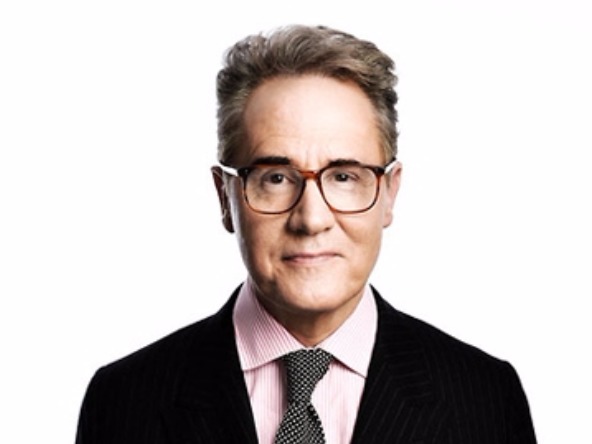FEATURE14 January 2016
The market research intelligentsia
x Sponsored content on Research Live and in Impact magazine is editorially independent.
Find out more about advertising and sponsorship.
FEATURE14 January 2016
x Sponsored content on Research Live and in Impact magazine is editorially independent.
Find out more about advertising and sponsorship.
x Sponsored content on Research Live and in Impact magazine is editorially independent.
Find out more about advertising and sponsorship.
Peter York describes how the clever thinkers broadened market research in the 60s and 70s in the latest article in our series celebrating 70 years of market research.

My first and only employer, Conrad Jameson, was utterly heroic. Heroic for employing the deeply unpromising me for a start; after I left his business, I had to set up a partnership with clever, disciplined Dennis Stevenson, because it was obvious no-one would ever employ me again! Heroic in teaching me about research and its potential role in the world, linking it to politics, social psychology, architecture and design. And heroic for being a market research intellectual.
The market research intelligentsia was developed by people with a ‘big picture’ view, rather than a narrow, technique-based one; who were interested in the world outside the fortunes of the FMCG giants that dominated the client base when they had started working. They would be the people who’d use, say, qualitative work for Heinz to develop big ideas about changing family structures, class variations in table manners and mass delusions about nutrition.
They were the first in the Sixties and Seventies to move out of the FMCG box and into political research, social policy research and working for charities. They were the first movers in relating qualitative and quantitative pictures of the world, leaving behind the nerdily partisan divide between the two approaches. They were clever, educated people, drawn in by the massive growth of marketing-speak businesses in the Sixties and after. Before, they might have gone into the clever bits of the Civil Service; later, into the clever bits of the City. It felt as if they had all been at the LSE (of course they hadn’t) or done something psychological – and, of course, they hadn’t all done that, either. But the behavioural sciences were a major reference point for them.
Because it was a smaller world then, they all pretty much knew each other. Some worked as pioneer advertising agency planners, before agency planners suffered their 1980s identity and dress-code crisis. Many worked in small and singular independent companies – not corporate or quoted – and they’d moved around.
They usually didn’t work in client company research departments for long because they realised – with a few exceptions – that company researchers tended to be siloed off, didn’t get much variety, and didn’t get to be CEOs. And client companies had offices in the most epically boring bits of the Home Counties, whereas ad agencies and independents were in London.
Jameson is a Harvard-educated American, who had come to London on a sort of quest that didn’t involve working for a living. When his father cut off his allowance, he had to find things to do. What else for a Harvard social science and LSE graduate to do than work with pioneering market research intellectuals such as Liz Nelson and social research firms such as Mass Observation?
Jameson was smart in every sense of the word – and I absolutely loved that. His offices, when I worked there in the 1970s, were in Belgravia, next door to Lord Lucan – just before all that. He was – still is – gregarious, talkative and hugely connected. By the time he hired me, his archive included various county council strategy initiatives, the Labour Party and a raft of design-led clients such as Sanderson. He believed research could drive social policies and design development because he was intensely interested in both. He introduced me to Charles Jencks, the architectural critic and great proselytiser for post-modernism, and Gavin Stamp, the ‘Young Fogey’ hero of The Victorian Society.
Jameson taught me how to interweave qualitative and quantitative evidence for an argument (and how to make these arguments in ‘mock mandarin’ paragraphs that made Establishment-types sit up and listen). He taught me that the orthodoxy of ‘validation’ – doing a qualitative ‘pilot’ then validating it with some reassuring numbers – was completely wrong. You should, of course, do it the other way around.
Above all, he told me that market research, intelligently designed and persuasively reported, was the best basis for strategic thinking – miles better than the management consultants’ MBA cookie-cutter analyses. So your client needs to have his hands on the strategic levers. Aim for the top and report to the CEO. When we started SRU, that was exactly what Dennis and I did.
Peter York is a patron of MRS and a broadcaster and author
0 Comments